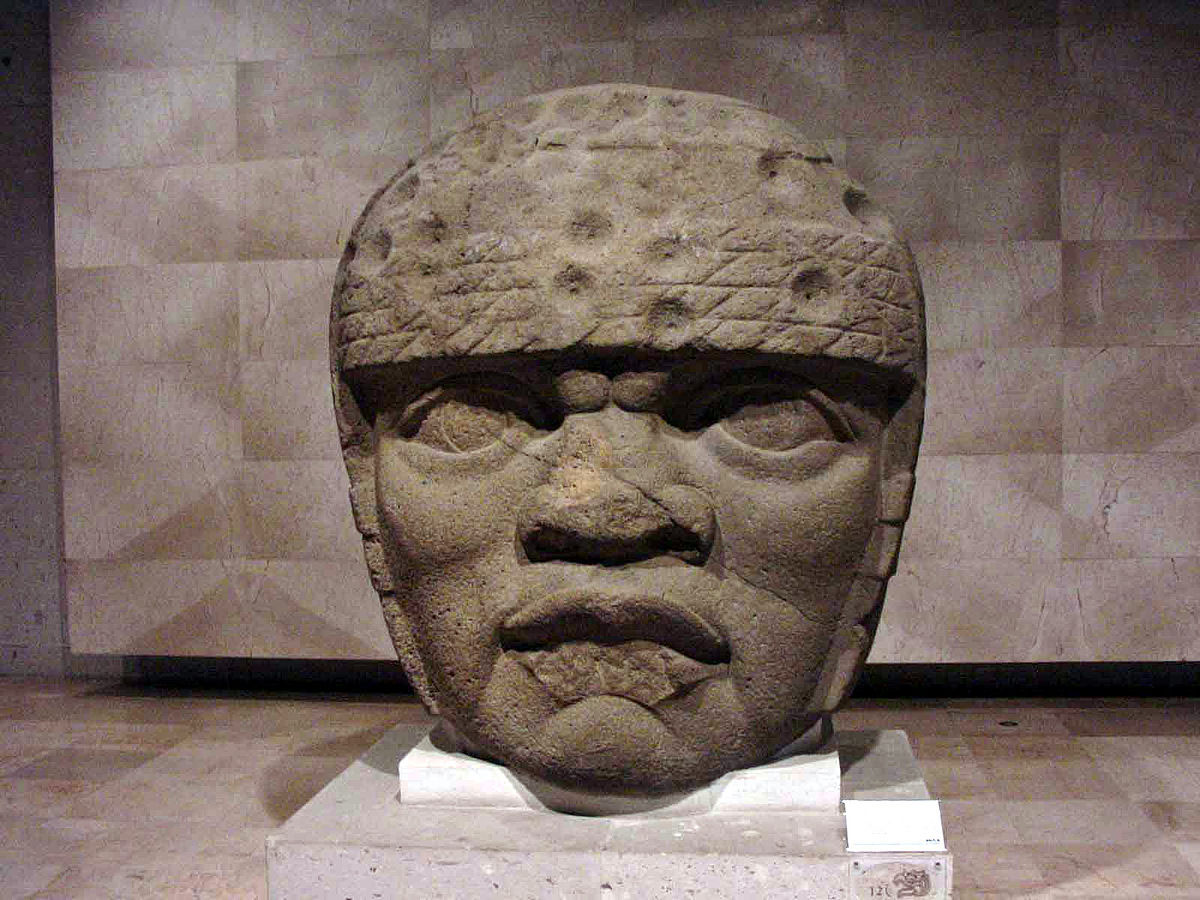Emperss of the Americas
In 1531 of the current era, ten years after the conquest of the Aztecs by the Conquistador Hernan Cortez, the indigenous people of Mexico were still in revolt due to the cruel dictatorial treatment of the Spaniards. By then, some natives had converted to Christianity, but the oppression continued with pending doom, of perhaps millions of Nahuatl-Aztec Indians, being massacred in a revolt. The Bishop of New Spain, Zummaraga of Tlatelolco, Mexico, prayed to the Virgin Mary, the mother of Jesus, to intercede and prevent the impending slaughter. He prayed for a sign to let him know that she would help, by sending him Castilian Roses, native to his home in Spain.
On December 9th, 1531, a recent convert, Juan Diego, was walking around the Hill of Tepeyac, in present day Mexico City, when there appeared to him an apparition of the Virgin Mary. She appeared to him as a young pregnant woman. She told Juan Diego to go to the Bishop and tell him she wanted a church built in her honor at that site. Diego quickly went to Bishop Zummaraga and told him what she had requested. The Bishop being skeptical, told him to go back and ask her for a sign to prove her request was real. Upon his return he told her what the Bishop said. The Virgin instructed Juan Diego to go to the top of the hill and gather the flowers that were in bloom into his, usually made of, agave-fiber cape, traditionally worn by Aztec men, called a tilma. Even though it was the middle of winter with snow all around, he did as she told him to. He promptly returned to the Bishop with the flowers. When he opened his tilma for the Bishop, Castilian Roses fell to the ground. At that moment, an image of the Virgin miraculously appeared on the fabric. The Bishop then built a church at Tepeyac Hill, over an existing Aztec temple.
At the time Juan Diego had the vision, an Aztec temple occupied the hill. It was dedicated to a goddess, one of the mother deities known as Tonacacihuatl. The name of the goddess may have been Cihuacoati, patroness of motherhood, midwives, woman in labor and child birth. She was usually represented in a green skirt, sometimes with babies in a stream of water flowing from underneath her skirt, representing pregnancy and fertility.
The image imprinted on the tilma contains symbols from the Aztec religion. The Lady of Guadalupe wears a blue-green garment, the color reserved for Aztec deities, similar to the color of the skirt of the goddess Cihuacoati. The rays of sun surrounding the Lady represent the spines of the agave plant, the source of the scared Aztec drink pulque and there is a cross below her belt that represents pregnancy.
In 1979 Dr. Philip Callahan took 40 frames of infrared photographs. He concluded that there were 3 layers of images on the tilma. The original image included the face, joined hands in prayer, the blue-green cloak and the rose-colored gown. The two other images were painted over the original for enhancements. According to his findings, the original image had no artist’s sketch marks or sizing on Juan Diego’s cape. Other studies have shown conflicting results. It was always assumed that the tilma was made from the fibers of the Agave plant. Analysis has shown the cloth is made of hemp, a durable fiber that lasts for a long time as opposed to the agave fibers that only last for ten to forty years; thereby questioning the miracle of the fabric’s durability. However, there was a bomb placed under the tilma that exploded, but did no harm to the cape, while a heavy metal cross was bent out of shape.
Another anomaly of note worthy interest, is the images imprinted on the corneas and pupils of the eyes of the Virgin of Guadalupe. In 1929 it was noted by photographer Alfanso Marcue that a man’s head was reflected in her right eye. Other studies were done in 1958 by ophthalmologists and in 1962 Dr. Charles Wahlig, O.D. enlarged a photograph 25 times, discovered 2 images in the eyes. Then again in 1979, Dr. Jose Aste-Tonsmann, a graduate of Cornell University, used a specialized digitizing visual imaging instrument used by NASA, magnifying the eyes 2,500 times. He perceived the scene of the instant that the tilma was opened by Juan Diego. The scene includes the Bishop, a seated Indian, a woman of dark skin, a man with European features and an interpreter along with Juan Diego himself opening the tilma. In the pupil, appears a family of native people, a man, a woman and children. Both of the eyes have the images. The images are in proportion to the angle of the position of the Virgin’s eyes. If these are images of people, they could not possibly have been painted by human hands.
Juan Diego’s tilma is more than a religious relic; it is an icon for the Mexican people, as it has influenced their history and culture. Flags with her image were carried into battle by Miguel Hidalgo in the Mexican War of Independence from Spain and by Emiliano Zapata during the Mexican Revolution. It helped convert millions of Indians to Christianity; ending the human sacrificial religion of the Aztecs and spearing countless lives from annihilation by the Spaniards; it has been a symbol that has united the people, empowering them to fight against oppression with the belief in the Virgin’s intercession on their behalf. Regardless, if the image is a true miracle by the hand of God or not, its effects have proven themselves as something miraculous.
Juan Diego was canonized by the Catholic Church as a saint on July 31, 2002. The Catholic Church feast day for Our Lady of Guadalupe is December 12th.























